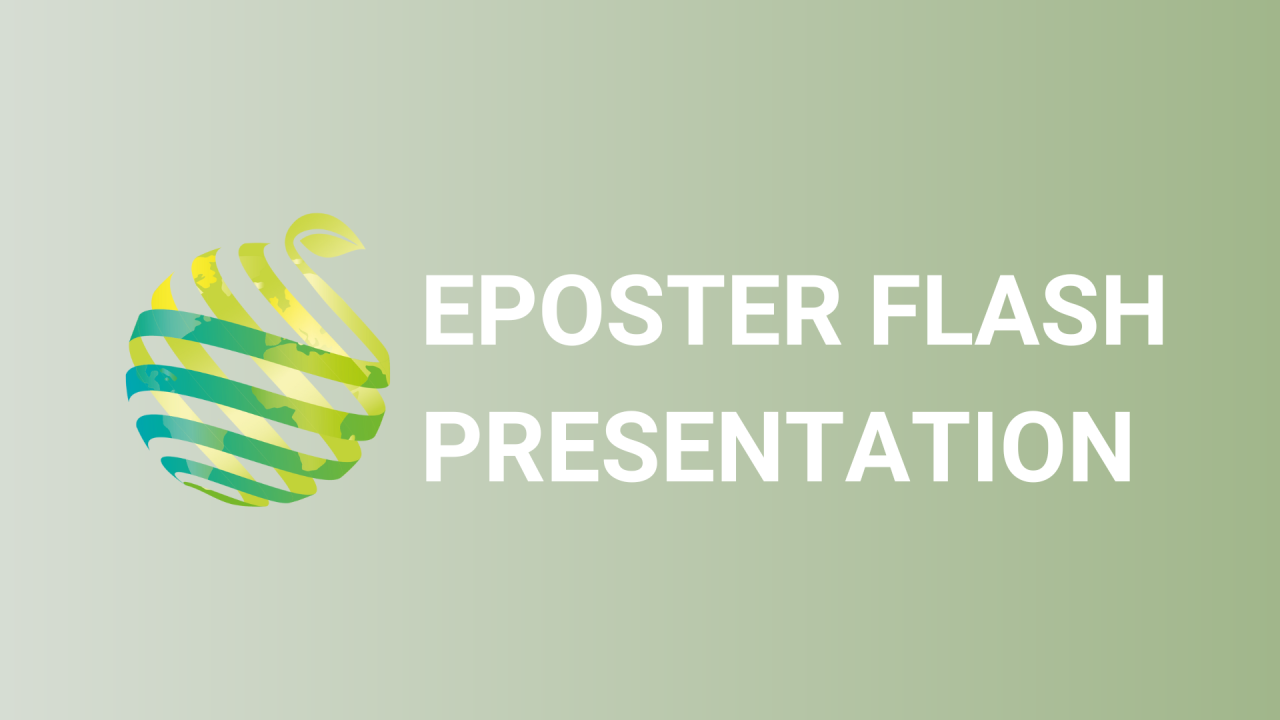

S12 - Session P2 - Irrigation volume, not placement, determined physiological responses and yield of furrow-irrigated tomato in Ghana
Information
Authors: Ian Dodd *, Stephen Yeboah, Patricia Oteng-Darko, Jaime Puertolas
Tomato ( Solanum lycopersicum L.) is an important horticultural crop in Ghana, as an essential ingredient in the daily diet critical and in generating income within rural-based smallholder production. Due to low yields, Ghana imports substantial volumes of tomato from neighboring countries. Irrigation can increase yields thereby reducing national dependence on imports, but irrigation water resources have become limited due to increased incidence of drought. National infrastructure investment (the "one village, one dam" policy) encourages smallholder communities to manage water resources wisely. Thus we evaluated the effects of different deficit irrigation techniques relative to full irrigation (FI, where every furrow was watered), scheduled according to CROPWAT. Whereas deficit irrigation (DI) applied half as much water as FI but to every furrow, partial root zone drying (PRD) applied half as much water as FI but every second furrow was watered throughout the season. We hypothesized that PRD irrigation will enhance fruit yield and water use efficiency (WUE) of tomatoes. Full irrigation increased tomato fruit yield by 25%, but DI and PRD produced similar yields. Full irrigation increased chlorophyll content (by 14%), relative water content and stomatal conductance (18-23%) compared to the other treatments. Nevertheless, the deficit irrigation treatments increased WUE by 59% compared with FI. To investigate whether irrigation placement affected tomato physiological responses in a more controlled system, plants were grown with their roots split between pots. While there were limited effects of irrigation placement per se , alternating the wet and dry sides of the pot in the PRD plants transiently decreased whole plant gas exchange by homogenising soil water content. By surveying local farmers at open days demonstrating the field trials, we determined that adoption of PRD in Ghana is dependent on its relative ease of application and occurrence of local water scarcity.